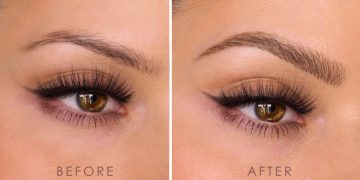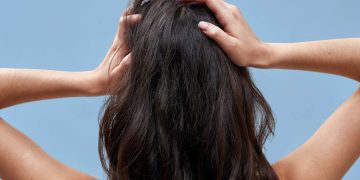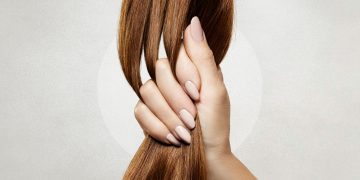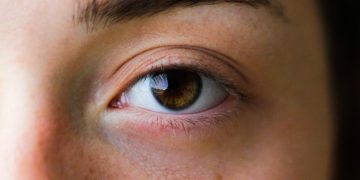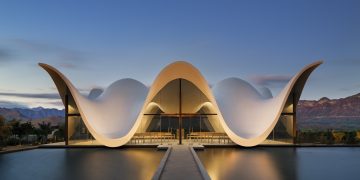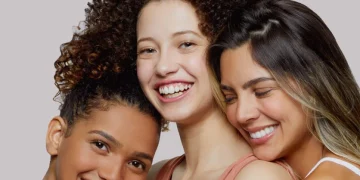Introduction
Aesthetic preferences are an intrinsic part of human nature. From the music we listen to, the clothes we wear, the art we admire, to the environments we choose to live in, our personal tastes in beauty and style are deeply embedded in our everyday lives. But could these preferences offer more than just a reflection of our likes and dislikes? Could they actually serve as windows into our personalities, revealing deeper insights into our inner selves?
In recent years, the relationship between aesthetics and personality has attracted growing interest from psychologists, marketers, and designers alike. This intriguing connection raises the question: Can the way we appreciate beauty or make aesthetic choices predict our personality traits? The answer, as it turns out, is more complex and fascinating than a simple “yes” or “no.”
Understanding Aesthetic Preferences
Before diving into the possible connection between aesthetics and personality, it’s important to first define what we mean by “aesthetic preferences.” At their core, aesthetic preferences refer to the subjective likes and dislikes people have toward visual or sensory experiences. This could include art, music, fashion, interior design, food presentation, or even the color of a room.
These preferences, often shaped by cultural, social, and personal factors, are typically based on what is considered “beautiful” or “appealing.” However, what is beautiful to one person may not be to another, illustrating the highly individual nature of aesthetic taste. But how does this connect to personality traits? Can someone’s love for minimalist design or bold, eclectic patterns give us clues about their character?
The Role of Personality in Aesthetic Preferences
To explore whether aesthetic preferences can predict personality traits, we first need to understand the framework of personality itself. One of the most widely used and researched models of personality is the Big Five Personality Traits (also known as the Five-Factor Model). This model breaks down personality into five core dimensions:
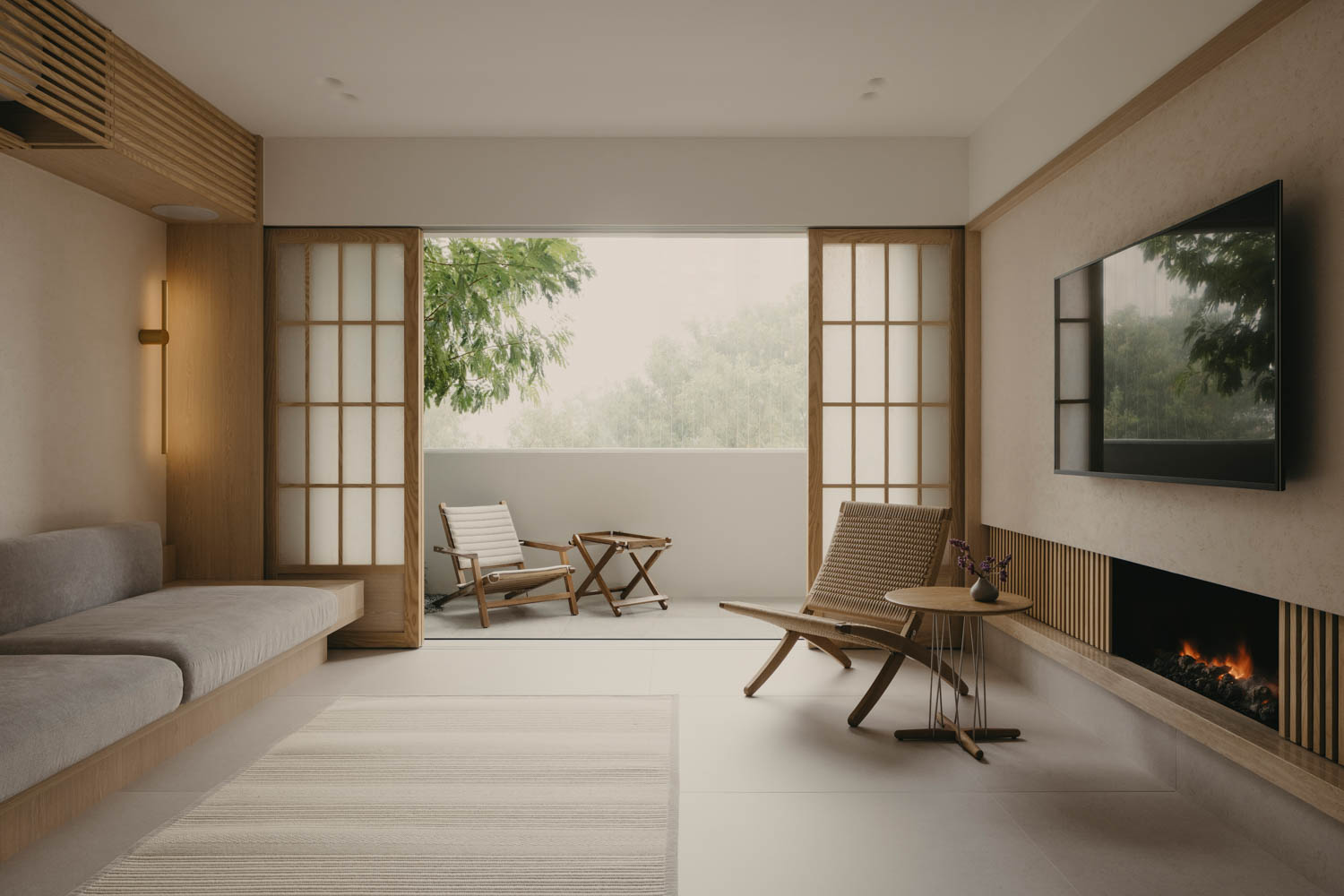
- Openness to Experience – A trait characterized by creativity, curiosity, and a preference for novelty and variety.
- Conscientiousness – A trait associated with organization, dependability, and attention to detail.
- Extraversion – A trait linked to sociability, enthusiasm, and a preference for high-energy environments.
- Agreeableness – A trait marked by kindness, empathy, and cooperation.
- Neuroticism – A trait reflecting emotional instability, anxiety, and moodiness.
By analyzing the ways in which aesthetic preferences align with these traits, we can begin to explore whether there are discernible patterns. Let’s take a closer look at how each personality dimension might correlate with certain aesthetic choices.
1. Openness to Experience and Aesthetic Preferences
People who score high in Openness to Experience tend to be imaginative, curious, and open-minded. They enjoy exploring new ideas, experiencing novel activities, and engaging with art that challenges the conventional.
As such, individuals with high openness often gravitate toward unconventional and avant-garde aesthetics. They are drawn to art that is abstract, abstract expressionism, or surreal, often favoring designs that are bold, unexpected, and unconventional. Minimalist or highly structured designs might not appeal to them as much, as they may feel too predictable or rigid.
For example, high-openness individuals might prefer modern art over traditional or classical styles because it reflects their desire to explore the unknown and question traditional norms. They might enjoy experimental music, fusion cuisines, or innovative architecture, all of which push boundaries.
2. Conscientiousness and Aesthetic Preferences
Individuals with high Conscientiousness are often described as detail-oriented, disciplined, and organized. They value order, structure, and predictability. As such, their aesthetic preferences are often more streamlined, neat, and functional.
Conscientious people may prefer clean, minimalist designs that emphasize symmetry and organization. Their homes might reflect a sense of calm and order, with carefully selected pieces that serve a functional as well as aesthetic purpose. They might gravitate toward neutral color palettes, well-organized spaces, and carefully curated artwork.
In fashion, conscientious individuals might favor classic, timeless pieces rather than trendy or experimental styles. Their musical tastes may lean toward organized and structured genres, such as classical music or well-composed pop.
3. Extraversion and Aesthetic Preferences
Extraverts are sociable, energetic, and enjoy being around others. They are often drawn to vibrant, high-energy environments and experiences. Aesthetic choices for extraverts often reflect their lively and outgoing personalities.
For instance, an extravert may be attracted to bold colors, dynamic shapes, and designs that evoke excitement and enthusiasm. They may enjoy vibrant, eye-catching art and decor, such as abstract expressionism or pop art. Their taste in music may lean toward upbeat, energetic genres like dance, pop, or rock, while their fashion choices might feature loud patterns, bright hues, and daring combinations.
Extraverts are often drawn to spaces that feel social and lively, with open layouts and a sense of movement. They may even enjoy attending large, interactive art exhibits or immersive art experiences, where the focus is on engagement and interaction rather than contemplation.
4. Agreeableness and Aesthetic Preferences
People who score high in Agreeableness are generally warm, empathetic, and cooperative. They value harmony, kindness, and connection with others. When it comes to aesthetics, agreeable individuals may prefer soothing, gentle, and calming designs that evoke a sense of peace and balance.
For example, agreeable people may be drawn to soft, pastel color schemes or natural elements like plants, wood, and stone. Their homes and workspaces are likely to be cozy and inviting, featuring comfortable furniture, soft lighting, and artwork that fosters tranquility.
Agreeable individuals may prefer classical, acoustic, or soft rock music that creates a soothing atmosphere. In fashion, they may opt for subtle, comfortable clothing that prioritizes warmth and simplicity over flashiness or extravagance.
5. Neuroticism and Aesthetic Preferences
Individuals high in Neuroticism tend to experience emotional instability, anxiety, and mood swings. These individuals may seek comfort or ways to soothe their emotions through their aesthetic choices.
Neurotic people may be drawn to soothing or calming aesthetics, such as muted tones, gentle lighting, and natural imagery. On the other hand, some may seek out aesthetic experiences that allow them to express or externalize their inner turmoil, such as darker, more somber art or emotionally intense music genres like metal, grunge, or ambient electronic.

In terms of personal spaces, they may either create highly controlled, calming environments or, conversely, opt for chaotic, cluttered designs as a reflection of their emotional state. Their fashion choices may lean toward darker colors or more dramatic styles that reflect their inner complexity.
Research Supporting the Link Between Aesthetic Preferences and Personality
Studies have begun to show that there is indeed a connection between personality traits and aesthetic preferences. Research on this topic has shown that individuals’ tastes in art, music, and fashion can be strong indicators of their personality characteristics.
One study by Rentfrow et al. (2007) explored how musical preferences correlate with the Big Five personality traits. The researchers found that people who score high in openness tend to enjoy more complex and eclectic music, such as jazz, classical, and avant-garde genres. Conversely, those high in extraversion were more likely to enjoy energetic and rhythmic genres like pop, dance, and hip hop.
Another study by Chamorro-Premuzic et al. (2013) found similar correlations in visual art preferences. High-openness individuals favored abstract, surreal, or contemporary art, while more conscientious individuals preferred organized, symmetrical, and classical forms of visual art.
These studies suggest that aesthetic preferences, whether related to music, art, or design, are not just about taste—they may also reveal deeper insights into a person’s personality.
Practical Implications: How Understanding Aesthetic Preferences Can Help Us
Understanding how aesthetic preferences correlate with personality traits has real-world applications. In fields like marketing, design, and psychology, this knowledge can be used to tailor experiences and products to better align with an individual’s personality.
For example, personalized marketing strategies could target consumers based on their aesthetic preferences, enhancing engagement by offering products that align with their unique tastes. Similarly, interior designers could create spaces that reflect both the practical and emotional needs of their clients by understanding their personality-driven aesthetic choices.
Furthermore, understanding the link between aesthetics and personality could improve mental health treatments. Therapists and counselors could use aesthetic preferences as a means of opening up conversations about deeper psychological issues or as a tool for creating a comfortable therapeutic environment.
Conclusion
In summary, aesthetic preferences do seem to hold a mirror to our personalities. While not determinative, they can provide meaningful insights into how we see the world and how we relate to it. From art and music to fashion and design, the choices we make often reflect core aspects of our personality, from our creativity and curiosity to our need for harmony or structure.
So, next time you find yourself admiring a piece of art or choosing a design for your home, take a moment to think about what it says about you. You might just uncover something deeper than a mere preference for color or shape. After all, aesthetics and personality are intertwined in more ways than we might realize.












